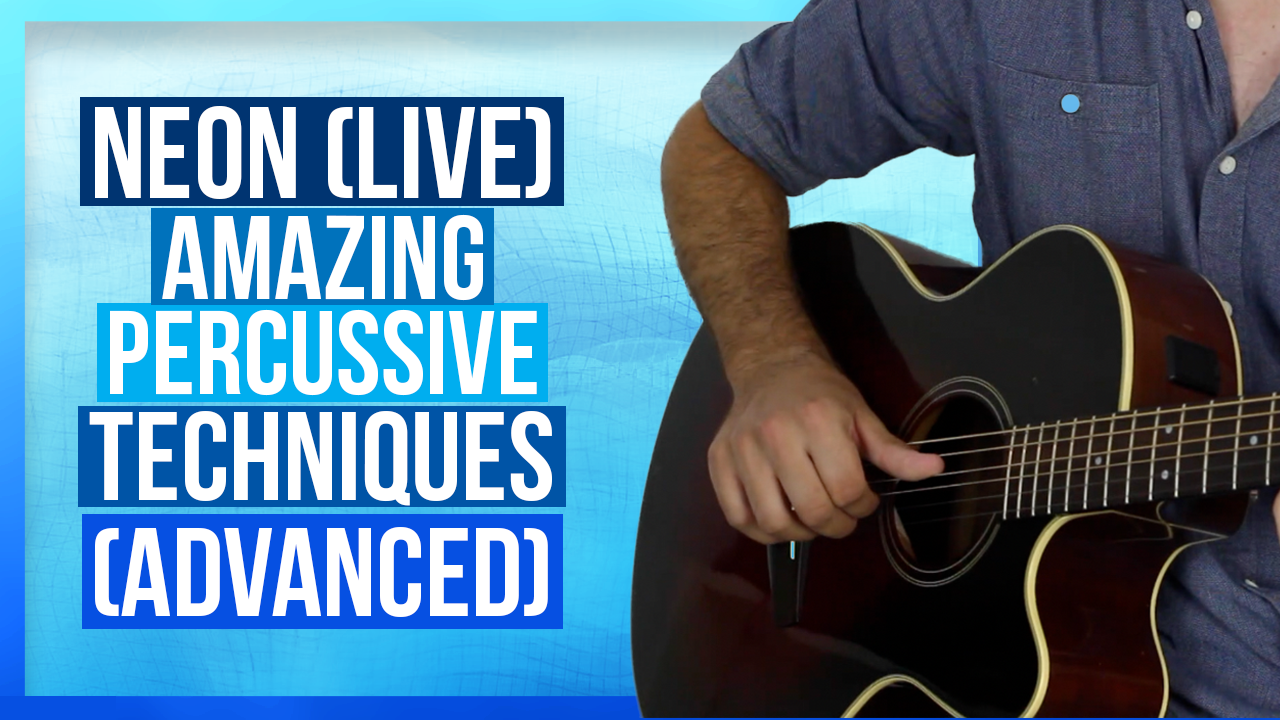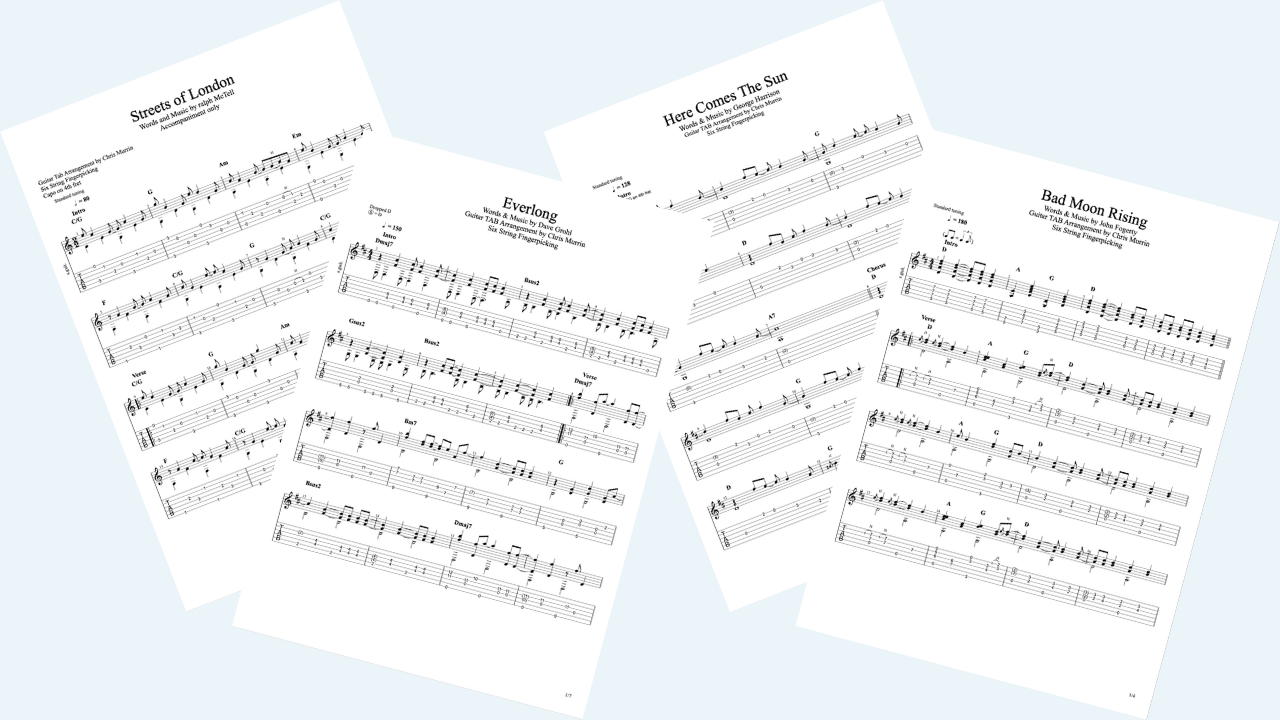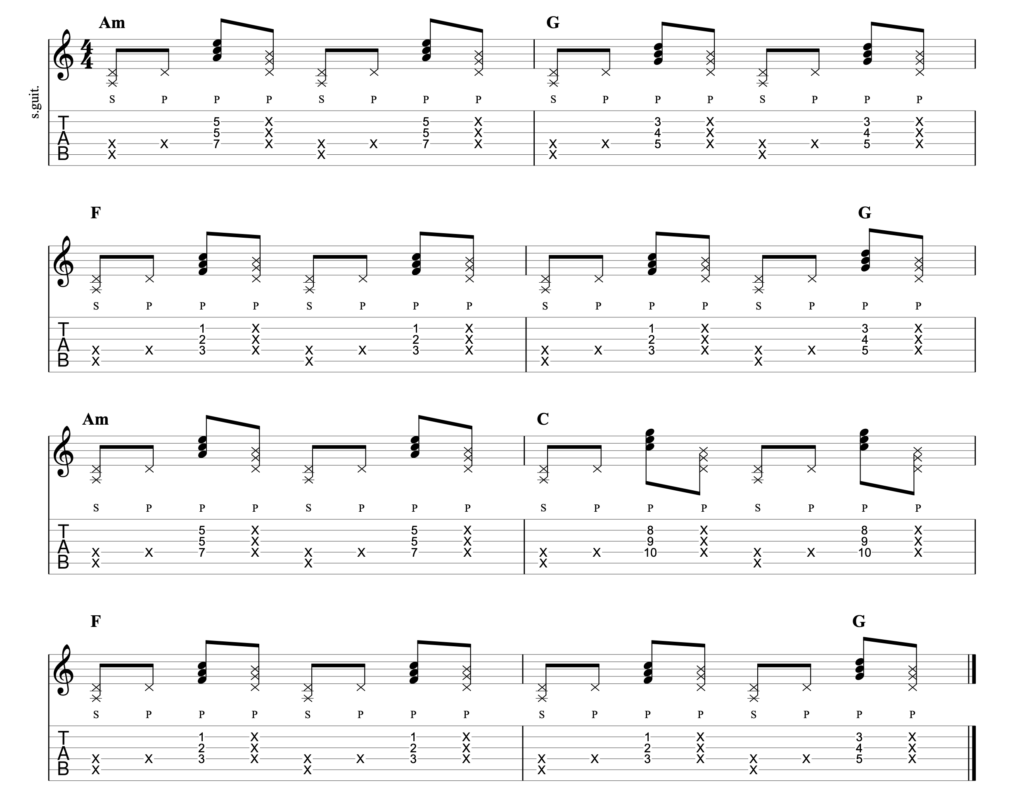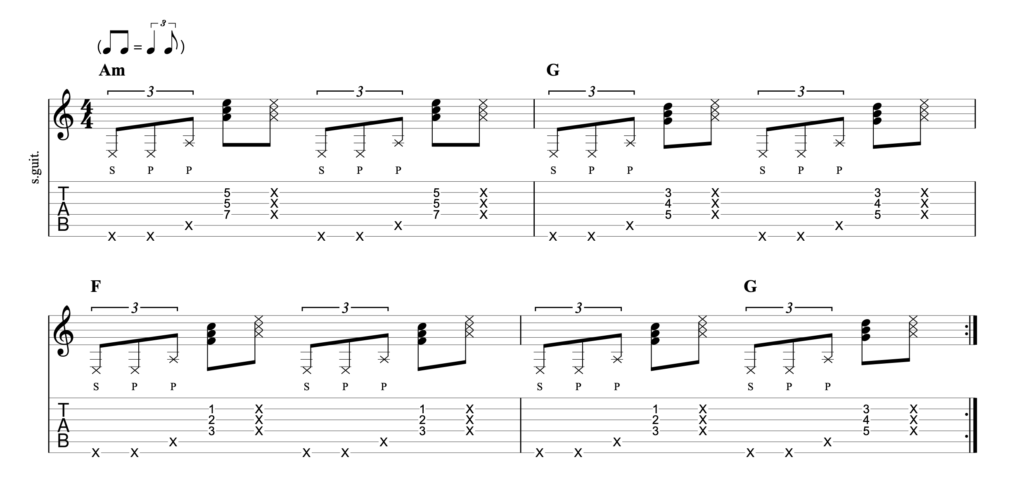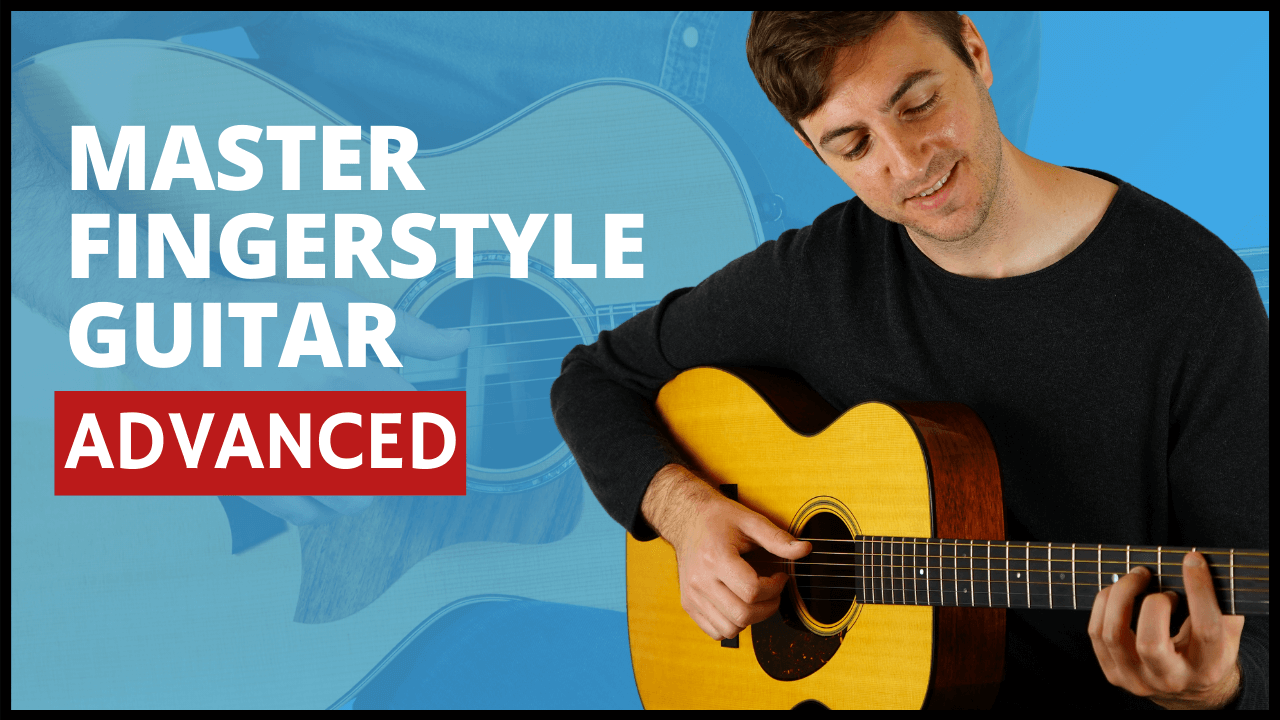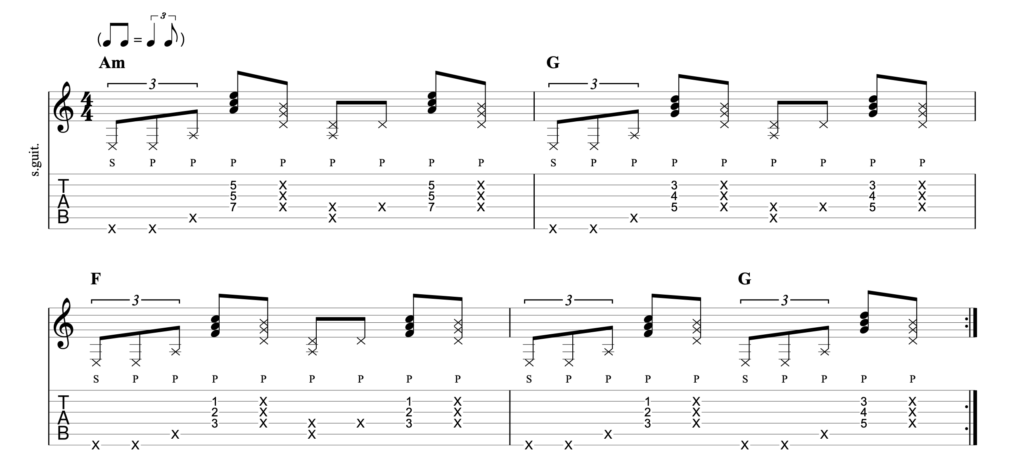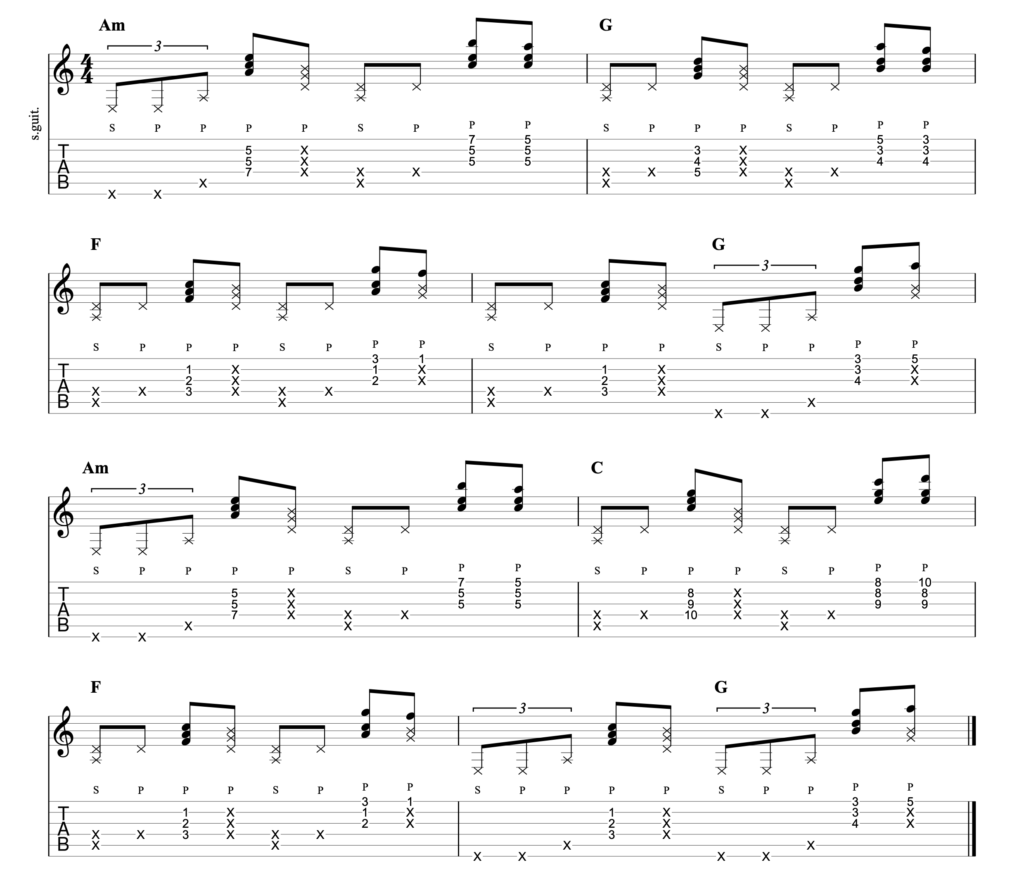In this lesson we’re going to be learning two of John Mayer’s advanced percussive techniques that he uses in his live performance of Neon.
Both of these techniques are very subtle, very cool and really quite advanced. Expect some frustration, and a very sore and very red thumb.
The main goal of this lesson is of course to learn the techniques, but to also get them into your own playing – for you to get creative with them and to write something of your own that uses them.
Let’s get straight on with the lesson.

